Retro Replay Review
Gameplay
Dragon Slayer delivers a deceptively simple yet deeply engaging action-RPG experience. Players control a lone knight navigating sprawling, maze-like dungeons viewed from an overhead perspective. Unlike turn-based roguelikes, combat here is entirely action-oriented: you “bump” into monsters to deal damage while dodging their retaliatory strikes in real time. This direct, collision-based system can feel both intuitive and challenging, demanding precise timing and spatial awareness.
(HEY YOU!! We hope you enjoy! We try not to run ads. So basically, this is a very expensive hobby running this site. Please consider joining us for updates, forums, and more. Network w/ us to make some cash or friends while retro gaming, and you can win some free retro games for posting. Okay, carry on 👍)
As you explore each level, you’ll discover power stones and coins scattered throughout the corridors. Power stones grant permanent boosts to your attack strength, allowing you to dispatch foes more swiftly. Coins, on the other hand, augment your maximum hit points, bolstering your survivability against tougher adversaries deeper in the dungeon. These upgrades create a satisfying loop of exploration, reward, and advancement that keeps you pushing forward.
Combat encounters are further enriched by an experience-point system. Defeating enemies yields EXP, which also contributes to raising your maximum HP threshold. This allows for a gradual sense of progression as you delve into more perilous chambers. Each new level tests your accumulated upgrades, ensuring that every stone collected and monster slain feels meaningful.
Beyond melee clashes, the knight can wield a modest selection of magic spells. These aren’t primarily for offensive use; instead, they serve as vital utility tools. You can cast a breaking spell to obliterate hidden walls, teleport to previously visited areas, or generate a temporary map to reveal unexplored sections. Integrating these spells into your dungeon runs adds strategic depth, encouraging you to plan routes and conserve magic points for critical moments.
Graphics
Dragon Slayer’s graphics epitomize early 8-bit charm, featuring crisp sprites and a straightforward color palette. The overhead view provides clear visibility of your character, enemies, and dungeon layouts, ensuring you can make split-second decisions during heated skirmishes. While simplistic by modern standards, each tile and sprite is distinct enough to convey vital information at a glance.
Enemy designs range from skeletal warriors to mythical beasts, each sporting unique animations and movement patterns. These subtle variations help you quickly identify threats, whether you’re facing a slow-moving troll or a nimble imp. The fluidity of movement and attack animations, though limited in frame count, remains smooth enough to keep combat responsive and engaging.
Dungeon environments maintain a consistent aesthetic, with stone walls, torches, and hidden doors depicted in muted tones. This minimalistic approach allows players to focus on exploration and strategy rather than elaborate backgrounds. Subtle visual cues—such as cracked walls or faded floor tiles—hint at secret passages, rewarding observant players with hidden treasures.
While Dragon Slayer doesn’t boast flashy particle effects or dynamic lighting, its retro visuals carry a nostalgic weight. The spare presentation is part of its enduring appeal, transporting players back to a time when gameplay mechanics took center stage. For modern gamers, the graphics may feel quaint, but they retain a timeless readability and style that serves the action-RPG formula exceptionally well.
Story
At its core, Dragon Slayer presents a classic hero’s journey: a courageous knight ventures into labyrinthine depths to confront an ancient evil. Though narrative exposition is minimal, the premise is clear and compelling. You’re tasked with navigating ever-more-dangerous levels in pursuit of the titular dragon, whose shadow looms over the kingdom above.
Storytelling unfolds subtly through environmental design rather than lengthy cutscenes or dialogue. Each stone corridor and lurid monster lair hints at the trials that await. The game’s simplicity invites players to fill in the blanks, imagining the wider lore of a realm beset by darkness and yearning for salvation.
Magic spells contribute narrative flavor as well. The teleportation incantation suggests arcane knowledge passed down through generations, while wall-breaking abilities imply hidden histories concealed within the dungeon’s depths. Though these elements are functional gameplay tools, they also enrich the sense of discovery and ancient mystery.
Despite its sparse plot, Dragon Slayer’s unwavering focus on action and exploration ensures that the story never feels lacking. The personal stakes—strengthening your knight and overcoming tougher foes—become a narrative in their own right. Each descent into the dungeon is a chapter in your evolving saga, culminating in an inevitable clash with the dragon itself.
Overall Experience
Dragon Slayer stands as a foundational action-RPG that balances straightforward mechanics with surprisingly deep progression. Its blend of real-time combat, character upgrades, and utility spells remains engaging even decades after its initial release. The learning curve is moderate: early encounters teach you the bump-combat rhythm, while later levels challenge your mastery of spells and resource management.
Replayability is bolstered by meticulous level design. With non-randomized dungeons, you learn patterns and optimal routes over multiple playthroughs, uncovering every hidden nook and secret passage. This can feel both rewarding and methodical, appealing to players who enjoy perfecting strategies and maximizing efficiency.
While modern gamers may miss contemporary conveniences—such as save-anywhere features or detailed in-game tutorials—Dragon Slayer’s retro design encourages perseverance and curiosity. Its difficulty can be punishing, but progression always feels earned. Experienced RPG fans will appreciate the purity of its mechanics, while newcomers might relish a straightforward, no-frills introduction to the genre’s roots.
Ultimately, Dragon Slayer offers an engaging blend of action, exploration, and light puzzle-solving. Its iconic status as a progenitor of the action-RPG genre is well-deserved, and its gameplay holds up as a testament to timeless design principles. Whether you’re a retro enthusiast or a newcomer curious about gaming history, Dragon Slayer provides an entertaining and challenging dungeon-crawling adventure.
 Retro Replay Retro Replay gaming reviews, news, emulation, geek stuff and more!
Retro Replay Retro Replay gaming reviews, news, emulation, geek stuff and more!
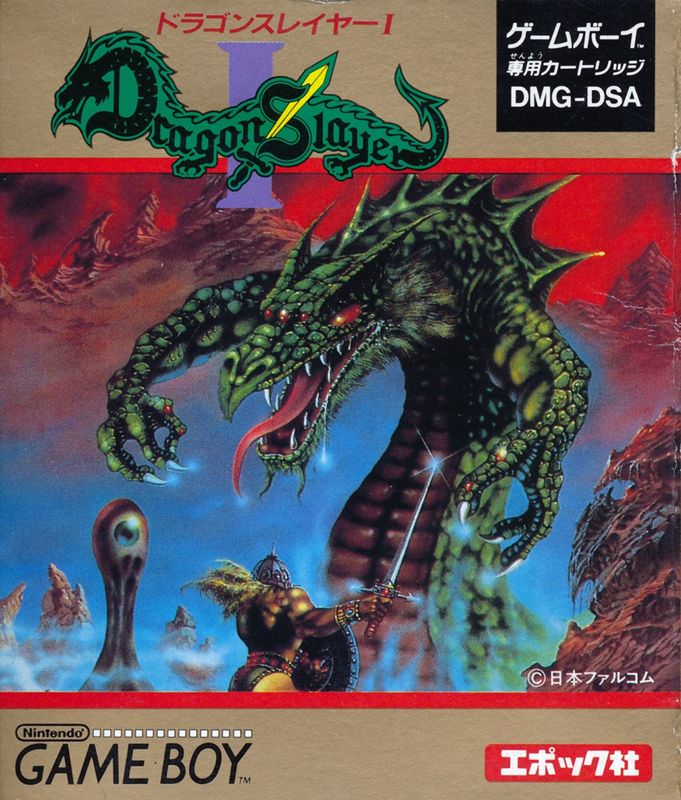
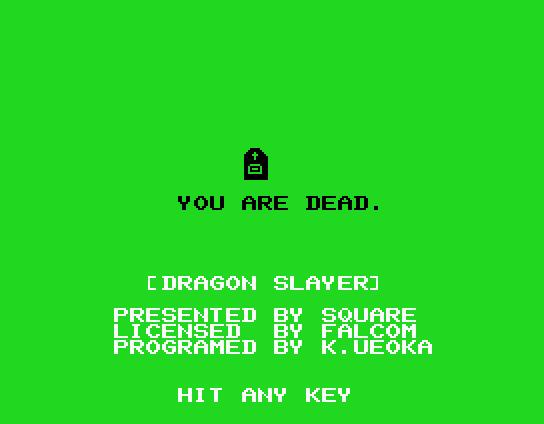
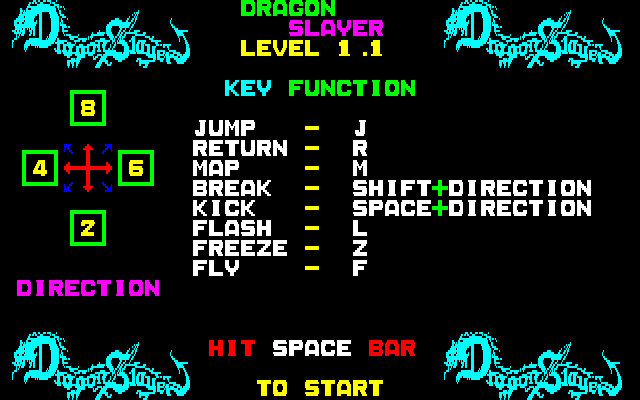
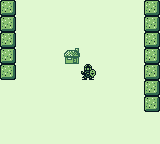
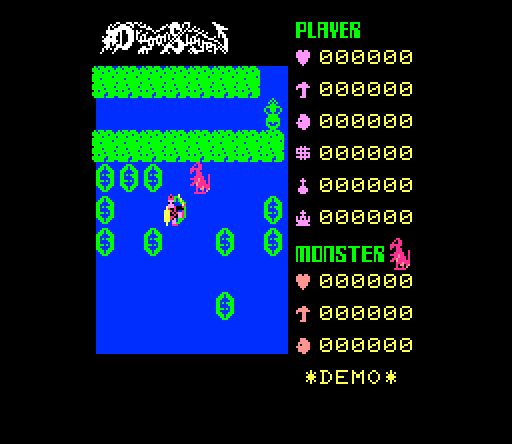
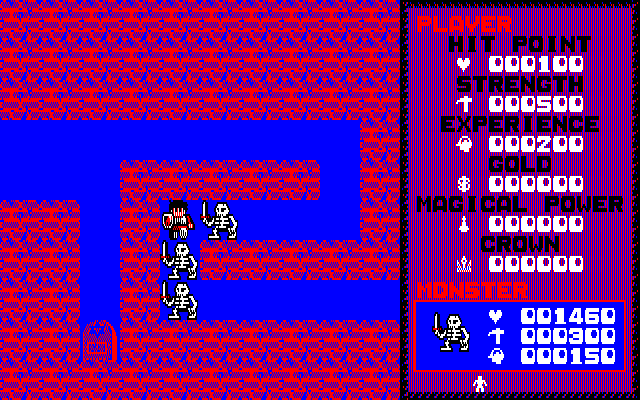



Reviews
There are no reviews yet.